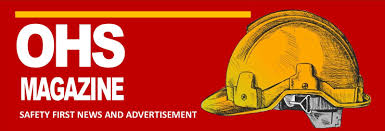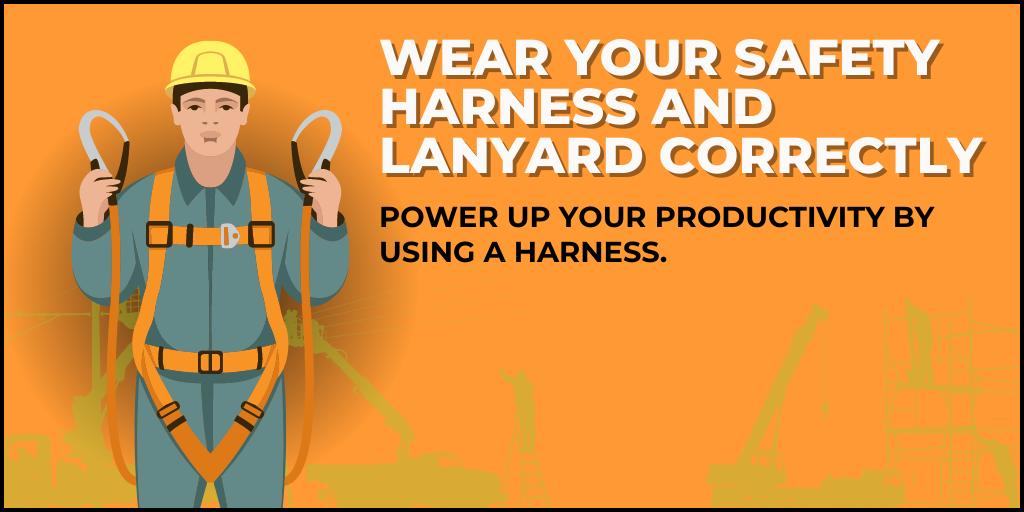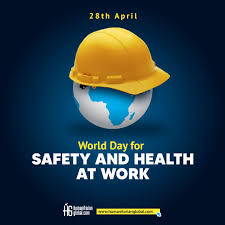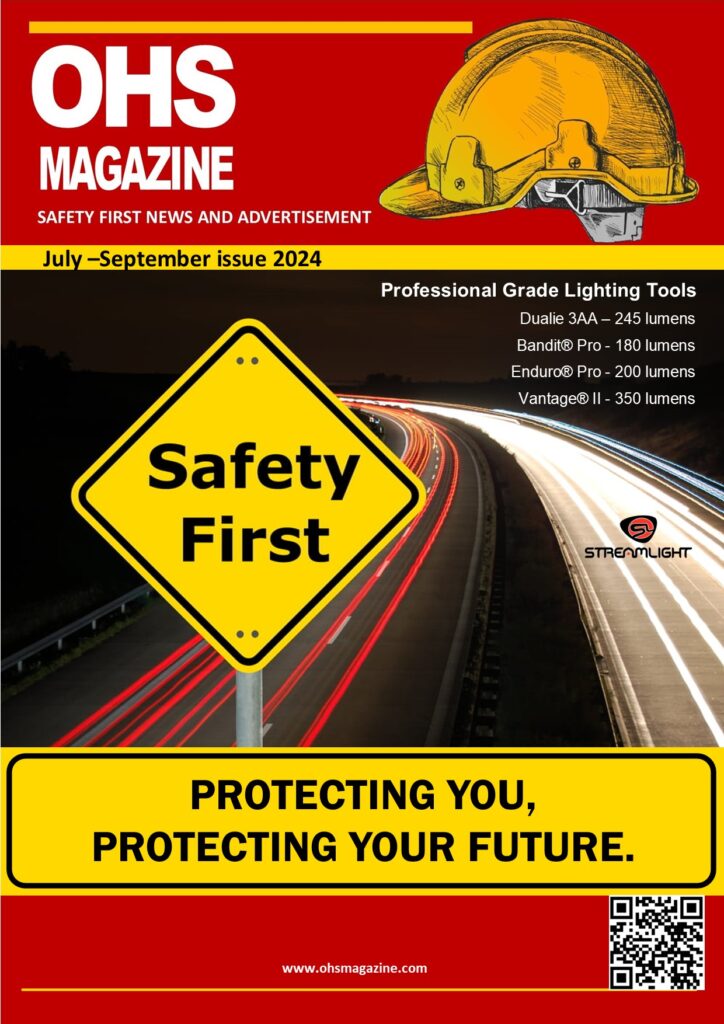Understanding the Minimum Height Requirements for Safety Harness Use. By OHS Magazine
In the world of occupational health and safety, ensuring the protection of workers at height is a critical concern. One of the primary tools for this purpose is the safety harness. But what exactly is the minimum height requirement for wearing a safety harness? This question is vital for both employers and employees to prevent workplace accidents and ensure compliance with safety regulations.
Regulatory Standards and Guidelines
According to OSHA (Occupational Safety and Health Administration), any work performed at heights of 6 feet or more requires fall protection, which includes the use of safety harnesses. This standard is applicable in various industries, such as construction, general industry, and shipyards. However, specific industries might have varying requirements. For instance, scaffolding work requires fall protection at 10 feet, while longshoring operations mandate it at 8 feet.
In Canada, the regulations are somewhat stricter. The Canadian Centre for Occupational Health and Safety (CCOHS) specifies that fall protection is required at 3 meters (approximately 9.8 feet) for most industries. These guidelines aim to mitigate the risk of severe injuries resulting from falls.
The Importance of Fall Protection
Falls from heights remain one of the leading causes of fatal workplace injuries. In 2021 alone, falls accounted for 351 out of 1,008 construction fatalities in the United States. The use of a safety harness, along with other fall protection systems, significantly reduces the risk of fatal injuries.
Types of Safety Harnesses
There are different types of safety harnesses tailored for specific job requirements and environments:
- Full Body Harnesses: These are the most common type and are designed to distribute the forces of a fall across the shoulders, thighs, and pelvis, reducing injury risk.
- Positioning Harnesses: Used when workers need to have both hands free to work and are typically used with a lanyard to keep them in a fixed position.
- Suspension Harnesses: Commonly used in activities such as window washing or painting, allowing the worker to be suspended safely while working.
Training and Proper Use
Wearing a safety harness alone is not enough; proper training in its use is crucial. Workers need to know how to inspect their harnesses for any damage, how to wear them correctly, and how to connect them to the appropriate anchor points. Employers must provide comprehensive training and ensure that the equipment is regularly inspected and maintained.
Conclusion
Understanding and adhering to the minimum height requirements for safety harness use is a fundamental aspect of occupational safety. By following OSHA, CCOHS, and other relevant regulations, employers can protect their workers from the dangers of falls. Continuous education, proper equipment, and adherence to safety standards will help create a safer working environment for all.
For further information on safety harness requirements and training, visit OSHA’s official website and CCOHS’s official website.
OHS Magazine remains dedicated to providing up-to-date and practical information to help keep workplaces safe and compliant with health and safety regulations.






